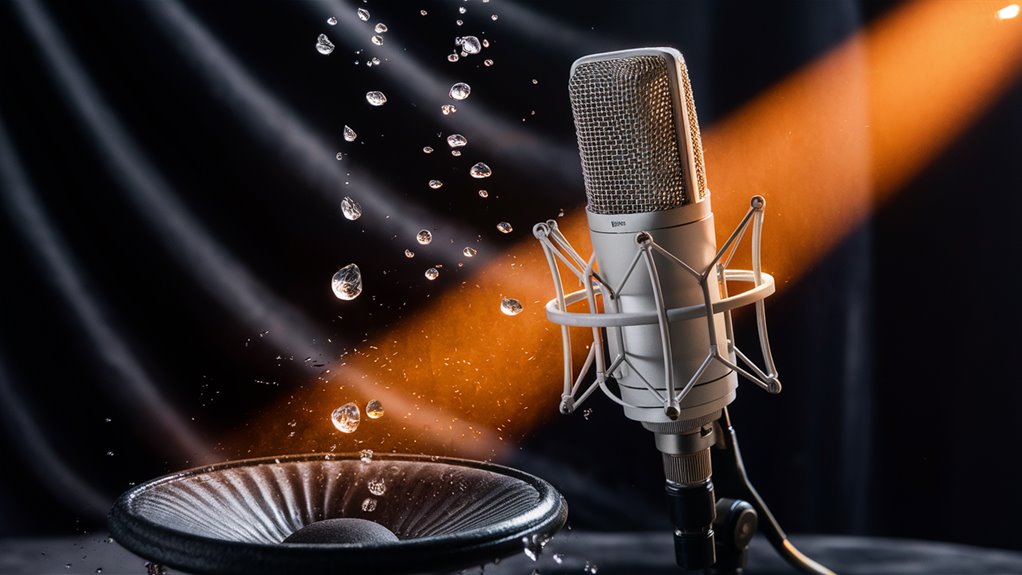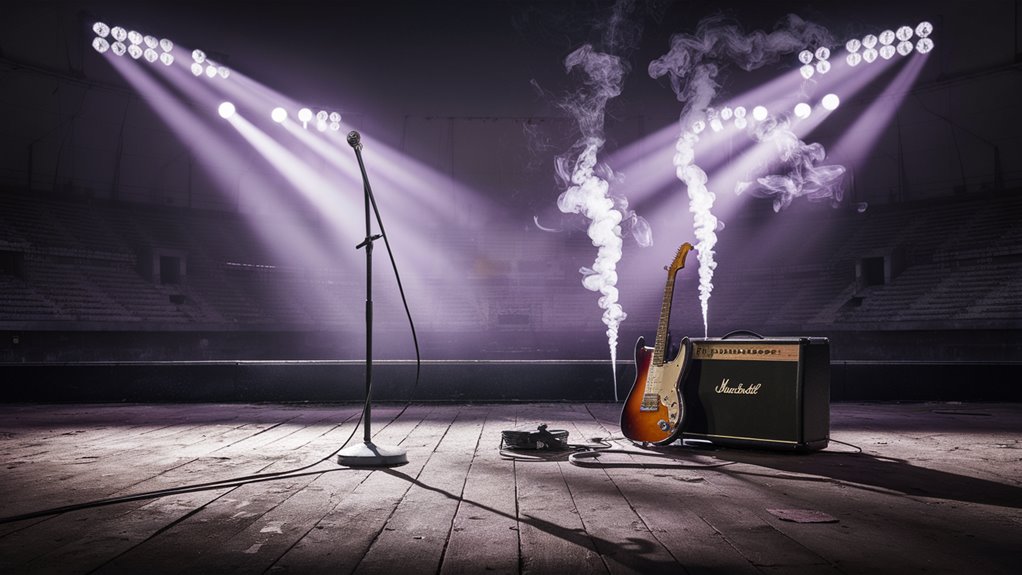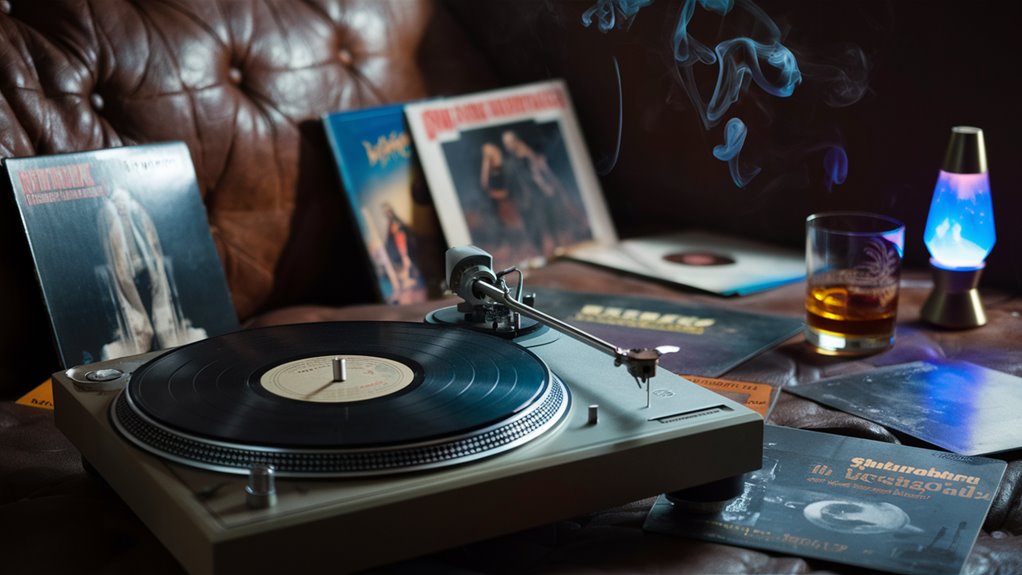All You Need to Know to Make Sound Clear and Full
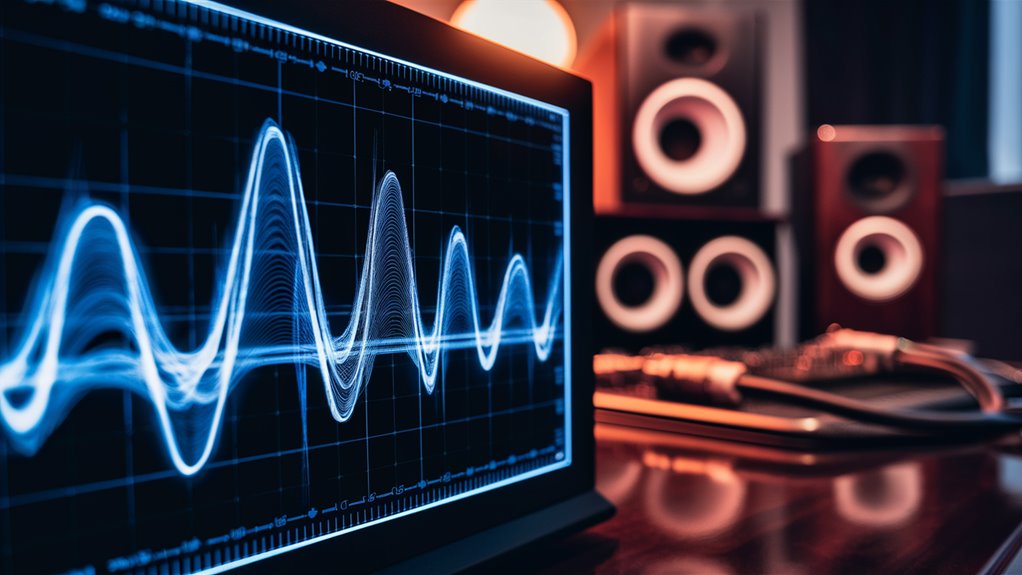
Basics of Fixing a Room for Sound
Sound fix starts with setting up the room right. Put sound catchers in corners and place sound blockers where sound first hits walls, making sure 25-30% of wall gets covered. This base cuts out echoes and waves that ruin sound.
How to Place and Set Up Speakers
Make a triangle with your speakers and where you sit for the best stereo feel. Keep speakers 2 feet away from walls to stop sound mix-ups. Right speaker spot makes sound wide and deep.
Fixing Sound with Tech
Put high-pass filters at 100Hz to clear out deep muffled sounds. Split frequencies to stop sound parts from hiding each other. Use sound squeezing with a 3:1 ratio, aiming for 3-6dB less loudness for even and clear sound.
Making Space Sound Better
Get pro depth in sound by setting reverb right. Set reverb times at 0.8-2.4 seconds with 20-40ms pre-delay. Keep a 15-25% mix for real space feel without drowning out the direct sound. These exact settings make a 3D sound space and keep sound clear.
Room Sound and How to Fix It
Basics of How Sound Works in a Room
Sound work is key for great sound, shaping how sound waves play in any area.
Laying out absorbers, spreaders, and sound catchers well makes an ideal spot for listening by smart sound control.
Checking and Understanding Your Room
Start with a full sound check of the area.
Clap hands to find echoes and use the mirror way along walls to spot early sound hits.
- First hit points on side walls 베트남 황제투어
- Back wall fix behind where you sit
- Room corners where deep sounds gather
Smart Fix Setup
Put sound catchers in corners to handle deep sound.
Place sound blockers where sound hits first to stop echoes. Spreaders on the back wall help sound spread well seasoned performers
Plan cover size with room size in mind, aiming for 25-30% wall cover for good sound balance. The best outcome keeps room feel while controlling sound clear and well.
Key Points for Fixing Sound
- Room size shapes what you need
- Smart placing betters sound work
- Right cover keeps sound true
- Material choice shapes how sound is sucked in
- Tuning the sound fix for best frequencies
Must-Have Audio Gear Setup Guide
Best Way to Place Speakers
Setting speakers is a must for top sound. Keep speakers at ear level in a triangle shape with your spot.
Keep them at least 2 feet from walls to cut early echoes and make bass better.
Where to Put Gear and Keep It Cool
Keeping gear cool is key for long life and good work. Leave 3 inches open over amps and key parts to avoid heat build-up.
Smart part placing helps keep the right temp and steady sound over long use.
How to Handle Wires Right
Good wire links are the base of great sound play. Keep power wires 6 inches off from sound wires to stop signal mess.
- 75-ohm digital wires
- 110-ohm AES/EBU links
- Shielded analog wires
Stop Ground Loop Issues
Clean power really helps sound. Use these ground tips:
- Use own power lines if you can
- Check ground links are right
- Troubleshoot to stop ground loops
- Pick power smoothing if needed
Basics of Digital Sound Handling
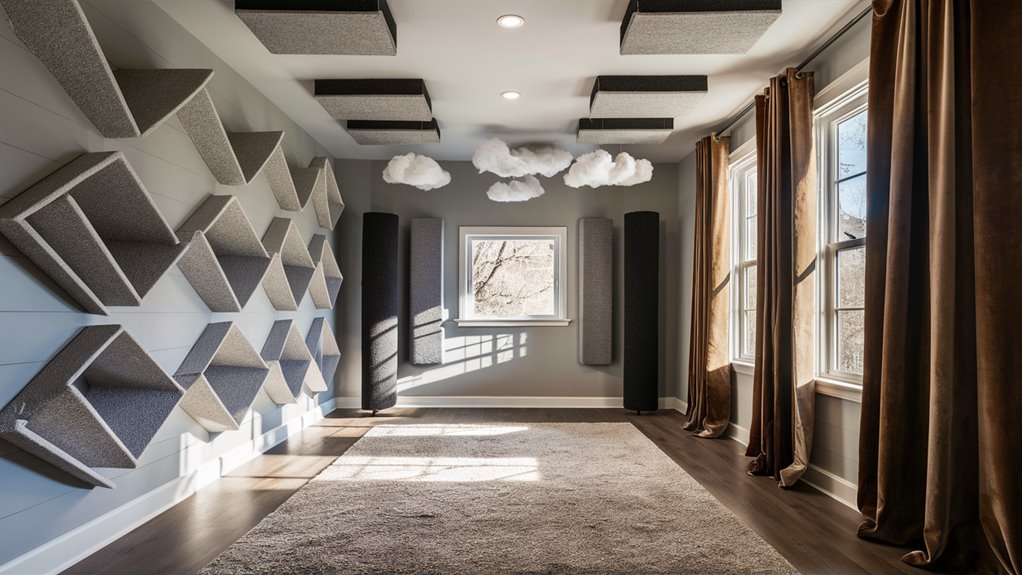
Getting How Digital Sound Works
Digital sound handling (DSP) changes sound today by turning it to numbers for exact changes.
The main steps are taking samples, making it exact, and turning into bits for a true digital show of the sound.
Must-Know Digital Sound Steps
Filter Systems
Filters in digital are big helps for better sounds:
- Low-cut filters drop high sounds you don’t want
- High-cut filters clear low noise
- Band filters hold tight to certain sound parts
Theory on Taking Samples
The rule on samples sets up digital sound right, needing rates at least double the top target sound.
Pro sound often uses 44.1kHz or 48kHz rates to make sure of good sound copy.
Putting Signal Work in Action
DSP plans need careful use to manage:
- Faster responses
- Core work load
- System stuff use
- Keeping signals clear
Top-Level Digital Sound Use
Digital tools now let us twist sound in smart ways:
- Live sound changes
- Checking sound levels
- Push and pull on sound space
- Setting sound levels just right
- Handling sound parts
How to Place Mics and Record Right
Basics on Smart Mic Places
Smart mic spots are key for top sound capture and shape recording sound.
How you set mics shapes sound play, sound mix, and how the sound feels.
Best Ways for Voice Recording
Right voice mic spots need the mic 6-12 inches from the sound, a bit up from mouth level and angled down at about 45 degrees.
This spot cuts out sharp pops while catching all sound parts and cutting room echoes.
The 3:1 rule fits when using many mics – each mic should be three times farther from other mics than from their sound spots.
Top Stereo Recording Ways
- X-Y Setup: Two mics set at 90 degrees
- ORTF Way: Two mics 17cm apart at 110 degrees
Recording Instruments
- Close-mic way: Set 3-6 inches from the hole for details
- Room mic spots: Put 3-6 feet away for room feel
Even small changes in mic spots can shift sound tone and depth a lot.
How to Mix Sounds Right: Pro Audio Guide
Musts for Sound Level and Flow
Right sound levels start good mixing. Keep input levels between -18dB and -12dB to keep space in the mix.
Know the best flow for sound bits by using right EQ moves, sound squeezing, and adding effects as needed.
Top EQ and Sound Part Ways
Start with smart EQ to shape sounds and drop bad bits.
Use high-cut filters starting at 100Hz on most parts to keep sound clear and shaped right.
Splitting frequencies lets each sound part have its own spot, stopping cover-ups and muddiness.
How to Set Stereo and Mix Plans
- Deep sounds (20-250Hz): In the middle
- Mid sounds (250Hz-2kHz): A bit wide
- High sounds (2kHz+): Wider
How to Use Sound Squeezing Right
Use sound squeezing right with a 3:1 base.
Change level points to get 3-6dB less loud on key mix parts.
Watch how squeezing works while keeping sound jumps natural and keeping sound changes right between song parts.
Making the Mix Live and Checking Quality
Make the mix live with sound level changes and adding effects.
Check how the mix works in mono often to make sure it sounds right on all systems.
Create clear changes between parts by changing settings to keep the listener into the music all through.






